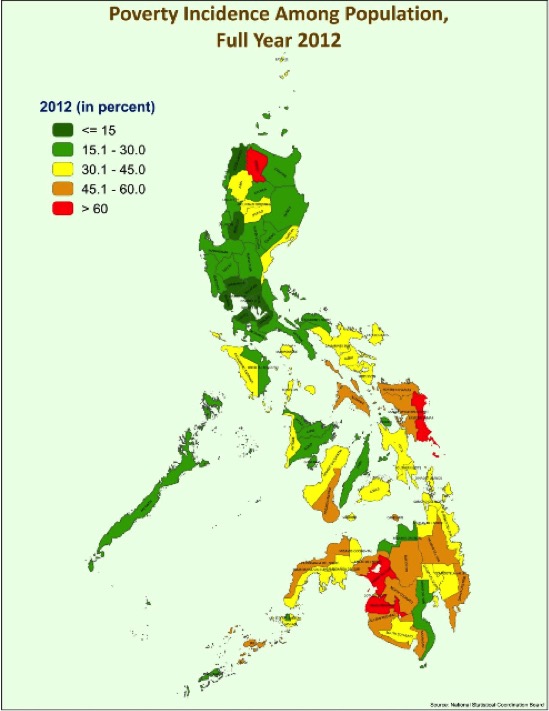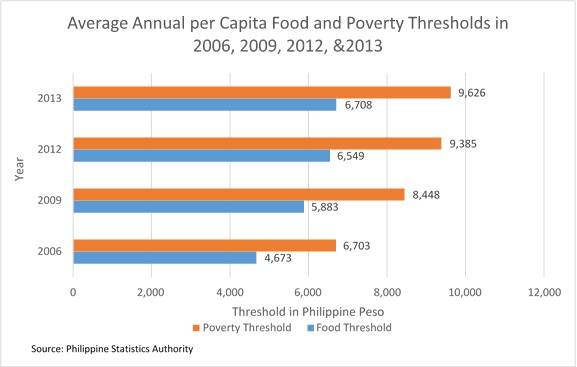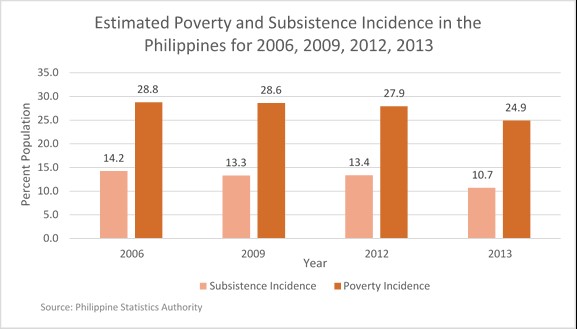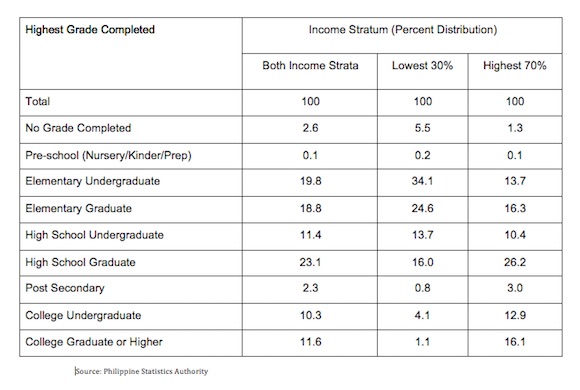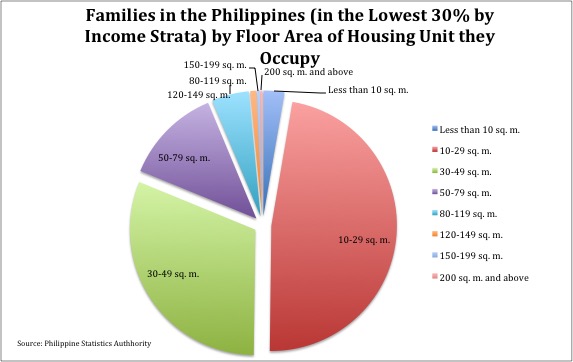MANILA, Dec. 22 – President Rodrigo Duterte signed into law the 2018 General Appropriations Act (GAA) on Dec. 19, 2017, culminating several months of preparation and scrutiny by the Executive and Legislative branches of the government. It can be remembered that the 2018 Proposed Budget was submitted to Congress on July 24, 2017, the day President Duterte delivered his second State of the Nation Address (SONA), before going through careful deliberations in both houses of Congress.
The 2018 GAA, otherwise known as the 2018 National Budget, articulates the development priorities of the Duterte and embodies the policies meant to promote a more secure, cohesive, and prosperous society. It strives to reward all Filipinos with a “matatag, maginhawa, at panatag na buhay." In essence, the National Budget brings flesh and bone to the President’s promise of real change. It is a budget that reforms and transforms; a budget for the people, by the people.
Expenditure Program by Sector
The enacted obligation budget for FY 2018 is set at P3.767 trillion, 12.4 percent higher than the 2017 budget and equivalent to 21.6 percent of Gross Domestic Product (GDP). It is an expansionary budget in line with the Duterte administration’s expansionary fiscal policy. Such a fiscal strategy will sustain the necessary socio-economic investments, primarily in infrastructure and human capital development.
Social services remains to be the largest sectoral allocation in the 2018 budget receiving P1.426 trillion, a 5.5 percent increase from the 2017 GAA. This is primarily driven by spending on education and healthcare as well as social security, social welfare, and employment safety nets. This is consistent with the government’s aims of developing the country’s most important resource - its people. Human capital development has been cited as a key strategy for poverty-alleviation and economic growth.
Next, economic services is granted P1.154 trillion for a 25 percent year-on-year increase. The hefty sum primarily accounts for infrastructure and agricultural development allocations. Modernizing the country’s public infrastructure has been a priority of the Duterte administration since day one, particularly evident with the government’s Build Build Build campaign. Such investments for infrastructure are seen to boost economic activity, attract investments, create jobs, and provide an affordable and comfortable public transport system for Filipinos. Meanwhile, enhancing agricultural productivity and expediting land reform will benefit the country’s rural sector, more so since the poorest of the poor reside in the countryside.
General public services is given P655.4 billion for a 13.9 percent increase. The largest allocations under this sector belong to general administration and public order and safety. Such an amount will ensure the smooth operations of government agencies, hence the more efficient and effective delivery of public services.
Meanwhile, defense is granted P161.5 billion, rounding out to an 8.6 percent increase. This allocation will primarily serve internal defense and domestic security.
To complete the sectoral picture of the 2018 budget, debt burden is given P370.8 billion for a 5.5 percent increase. Of this amount, P354 billion is set aside for debt service interest payments while net lending is granted P16.8 billion.
In sum, the social services and economic services sectors continue to receive the highest budgetary allocations accounting for 37.8 percent and 30.6 percent of the P3.767 trillion budget, respectively. On the other hand, general public services is given 17.4 percent of the budget while defense is given 4.3 percent. Lastly, debt burden accounts for 9.9 percent of the 2018 Budget.
Education, Public Works lead top ten departments
True to the Constitutional mandate to assign the highest budgetary priority to education, the Education sector accounts for P672.4 billion of the 2018 National Budget to register a 7 percent year-on-year increase. The Department of Education (DepEd), which ranks first among all departments, is allocated P553.3 billion for quality and affordable basic education. Meanwhile, State Universities and Colleges (SUCs) are given a total of P62.1 billion for the operations and improvements of public higher education institutions. The Commission on Higher Education (CHED) is also given P49.4 billion, a noticeable 164 percent increase, to finance the scholarships, grants, and subsidies for higher education. The CHED budget already includes the funding mandated by Republic Act No. 10931, or the Universal Access to Quality Tertiary Education Act. In terms of technical-vocational education, the Technical Education and Skills Development Authority (TESDA) is given P7.6 billion to train competitive and technically-proficient students who are readily employable.
Coming in second is the Department of Public Works and Highways (DPWH) with an allocation of P637.9 billion, a 40.3 percent increase from its 2017 budget. The huge funding for the public works department is a testament to the Duterte administration’s ambitious infrastructure program wherein about P1.1 trillion in the 2018 budget is earmarked for infrastructure development. The DPWH allocation will sustain the infrastructure momentum of the government by providing funds for the construction, rehabilitation, and improvement of roads, bridges, flood control systems, among other infrastructure facilities.
In terms of infrastructure, the Department of Transportation (DOTr) is also given P66.3 billion in FY 2018 for a 24.4 percent increase. The DOTr will receive the seventh-largest allocation in terms of allocation by departments. The DOTr budget will provide for a safe, affordable, and comfortable public transportation system for all Filipinos.
At the third rank is the Department of Interior and Local Government (DILG) with appropriations amounting to P170.8 billion, representing a 15.4 percent increase. This will support the President’s thrust for public order and safety, and domestic security, while also expediting public service delivery at the local level. With regards to security, the Department of National Defense (DND) also has the fifth-largest allocation in the 2018 budget with P149.7 billion, a 9.1 percent increase. Such funding will be used to protect our territorial integrity and upgrade the military capability of the Armed Forces of the Philippines (AFP) through the AFP Modernization Program.
Moving on, the fourth-largest share of the budget is with the Department of Health (DOH), inclusive of the allocation for the Philippine Health Insurance Corporation (PHIC), with a total of P167.9 billion, or a 12.3 percent increase. At the same time, the sixth-largest allocation of the budget is with the Department of Social Welfare and Development (DSWD) with P141.8 billion for a 10.5 percent increase. The hefty funding for DOH and DSWD will promote the Duterte administration’s continued emphasis on human capital development – in essence, ensuring that our citizens, particularly the youth and the elderly, have access to adequate healthcare, education, and the requisite social protection programs.
Rounding out the top-ten departments are the Department of Agriculture (DA), the Autonomous Region in Muslim Mindanao (ARMM), and the Department of Environment and Natural Resources (DENR). This is consistent with the administration’s push for equitable development, balancing growth between the urban and rural areas, the leading and lagging regions, and economic prosperity and ecological integrity. Hence, the DA is given P53.5 billion for an 18.1 percent increase. Meanwhile, the ARMM and DENR are given P33.1 billion and P24.9 billion, respectively. For the ARMM, this is a 2.5 percent increase relative to its 2017 budget.
2018 budget stays true to the promises of President Duterte
The 2018 Budget also fulfills the President’s most sought after promises, such as free tuition, free irrigation, doubling of salaries of military and uniformed personnel, and the rehabilitation of Marawi City.
Universal Access to Tertiary Education, otherwise known as the Free Tuition Law, is given an allocation of P40-billion in the CHED budget. This will exempt all enrolled students for SY 2018-2019 from paying tuition, miscellaneous and other school fees such as registration fees, laboratory fees, among others.
Meanwhile, around P41.7 billion has been set aside for the National Irrigation Administration (NIA) for the development, construction, repair and rehabilitation of climate-resilient irrigation systems. Included in this amount is the 2-billion subsidy for Irrigation Service Fees (ISF).
What started as a campaign promise is also set to materialize with the Congressional approval of the increase in the salaries of Military and Uniformed Personnel (MUP). The increase in base pay will result in an average increase of 58.7 percent for all ranks. The P64.2 billion additional cost of the increase in base pay will be funded from the Miscellaneous Personnel Benefits Fund (MPBF) and from any available allotment in the respective budgets of the agencies concerned for FY 2018.
The 2018 budget also includes a P10-billion allocation for the Marawi Rehabilitation and Recovery Program lodged in the National Disaster Risk Reduction Management Fund (NDRRMF). This will take care of the infrastructure, housing, healthcare, education and livelihood needs of the communities affected by the war. (DBM)








